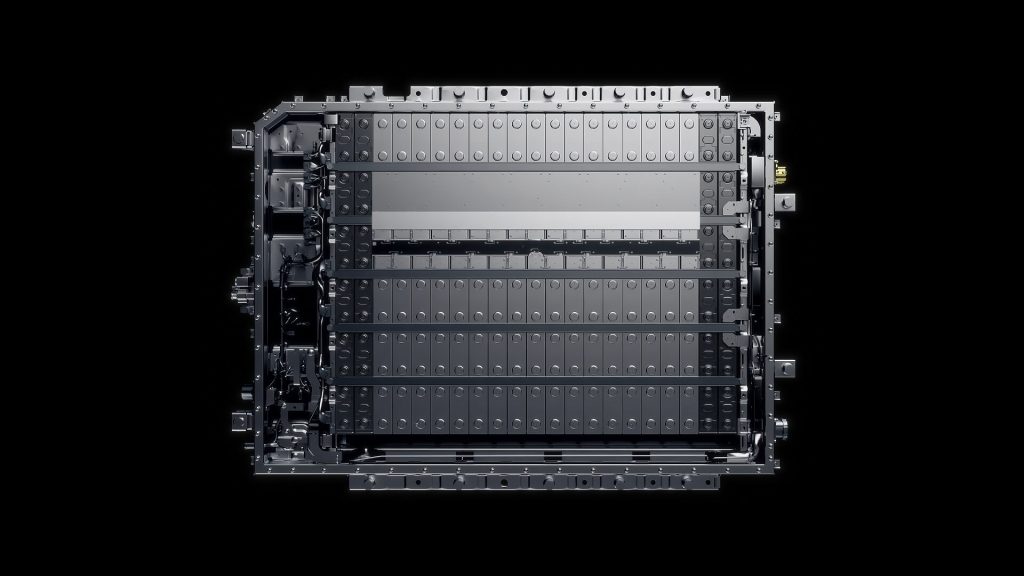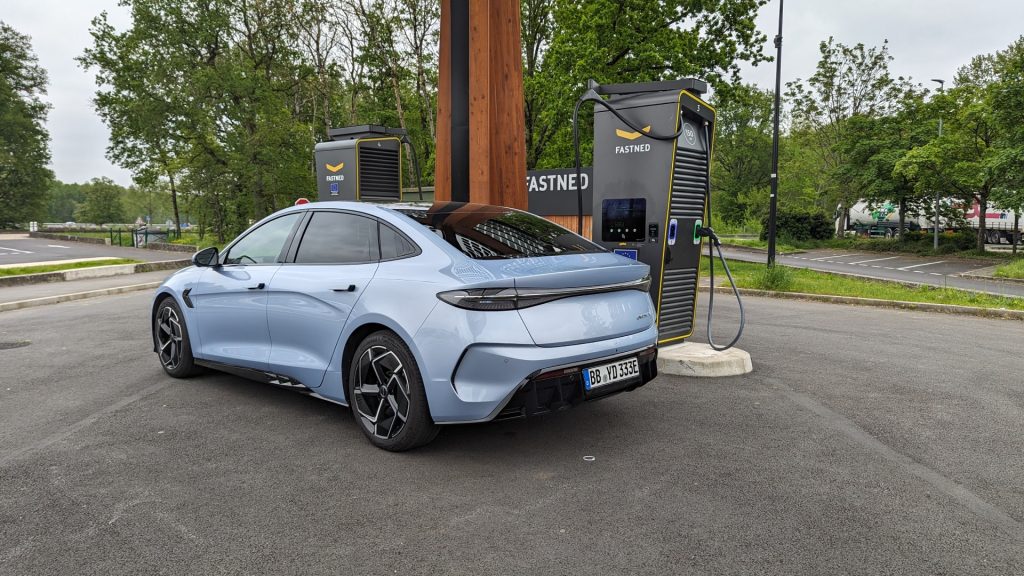A solid battery promises a revolution in the world of electric vehicles. This technology would significantly increase autonomy, reduce recharge times and eliminate the risk of fire.
Speaking of an electric car, the first characteristic element is that it is a battery. The latter is the main part of the vehicle, which will usually define its use with autonomy. This is the largest source of interest of motorists.
Progress in this area has been dazzled in recent years. Today, some sedans can travel more than 800 km for a single burden, while city vehicles exceed 300 km of autonomy. If lithium-ion batteries are now based on liquid electrolyte in their chemistry, car manufacturers and manufacturers are developing revolutionary electrolyte-based technology. This is simply called a solid battery.
How does a fixed battery work?
The principle of this battery technology itself is relatively simple. In the battery replacement of lithium ions between the anode and the cathode during the load and discharge phase.
This line is done by what is called electrolyte. In a solid battery, this element of a solid type, not a liquid like in a traditional lithium-ion battery.
Better energy density, more autonomy
If there is a solid battery technology of innovation that raises increasing interest, it is because it promises a revolution in the world of electric vehicle. The reason is one of the biggest advantages: its high energy density. When a “liquid” battery can reach 250 Wh/kg (NMC Chemistry), a solid battery can double this capacity.

Therefore, a fixed battery can store more energy than a classic battery for the same bundle/same package size. Therefore, better energy density makes it possible to significantly increase the autonomy of an electric vehicle.
In the opposite direction, a solid battery offers the same autonomy as traditional batteries, therefore lighter, because it needs less “materials” to store energy.
Shorter charging time
The use of solid technology can also advance to recharge. Currently, thanks to 800 in architectures, the fastest electric vehicles can be fully charged in about twenty minutes under the best conditions. On arrival of fixed batteries, the conquest would reduce the duration for several minutes. Enough to get closer and more and more with a full thermal car.

Improved safety and longevity
Classic lithium-ion batteries do not like high temperatures and can suddenly ignite due to liquid electrolyte. In a solid battery, the electrolyte is unwavering, eliminating the risk of its own fire and thermal escape.
In addition, a solid battery would be more durable than its liquid counterpart with a load of up to 4,000 loads/discharge phases. For comparison, the life of a liquid battery is between 1,000 and 1,500 cycles.
What are the disadvantages of a fixed battery?
Although this is considered revolutionary, this technology is not a miracle and in return comes with some disadvantages. Before installing in the floor of our electric cars, manufacturers will therefore have to work on certain aspects that prevent the democratization of solid batteries.
Other production
By using a solid electrolyte, solid batteries require radically different from the techniques used for conventional lithium-ion batteries. As a result, the current battery factories could not produce solid batteries if the technology was immediately hypothetically prepared.

In addition, the anode of a solid battery (made of lithium) increases its volume by loading into a lithium ion, which makes the cell unstable. Unlike the liquid battery, where the cathode and the anode (in graphite) are immersed, so the firm condition forces the components to be “compressed” to ensure conductivity.
Effective at high temperature
If solid electrolyte batteries do not have a problem with high temperature flirting, they are much less efficient at room temperature. Meanwhile, the battery should be heated to 50 ° C so that it has optimal rendering, which is unthinkable on the current electric car.
High production costs
As in any innovative technology, the production costs of solid batteries are obviously a major obstacle to their adoption.

When does a fixed battery come into electric cars?
These challenges explain why the large marketing of solid batteries is constantly pushing, despite the promising announcements. It will take several years to see models of the first row equipped with such battery technology.
If the prototypes occurred since 2025, electric vehicles with a fixed battery should not arrive before 2030.
